1914 CALCOTT 10½HP TWO SEATER Registration No. AY 3676 Chassis No. 350 Engine No. 350 Light blue and aquamarine with black upholstery Engine: four cylinder monobloc, 65 x 110mm bore & stroke, 1,456cc, water-cooled with thermo-syphon cooling, pumped lubrication, magneto ignition and zenith carburettor; Gearbox: three speed & reverse, cone clutch and shaft drive to bevel back axle. Suspension: front and rear semi-elliptic leaf springs; Brakes: rear wheels and transmission brakes. Sankey steel wheels with beaded edge tyres. Right hand drive. James and William Calcott had a background in the Coventry cycle trade and in 1896 they formed a limited company of their own. The logical step from cycle making to the manufacture of motorcycles took place in 1904 and these continued in production until 1915. A decision to make cars was made in 1913 when the brothers hired the services of Arthur Alderson from Singer to create a light car for them. The outcome has been characterised by one eminent motoring historian as being 'of entirely conventional design, well engineered and built, with no innovative features but more importantly, no obvious faults'. He could also have added that a shapely upstanding radiator contributes to the car's perky appearance. Soon after its introduction The Light Car and Cyclecar of November 3rd 1913 observed that Calcott was 'one of the latest firms to enter the light car construction world' and after a technical description noted that 'the driving position is an exceedingly comfortable one, [with] the well-raked steering wheel and the gear and brake levers falling comfortably to one's hand.' The London department store Harrods, who in those days held agencies for a number of light cars including Morris-Oxford, Singer, and AC, advertised the Calcott as 'one of the best finished and best appointed light cars on the market - £185'. It also pointed out that the car was fully equipped with 'five lamps, acetylene generator, spare wheel tyre and tube, electric side and tail lamps.' Road trials were one of the best ways that manufacturers could promote their products and the Calcott suffered a serious blow in May 1914 when for the RAC Six Day Light Car Trials the organisers ruled that the upper capacity limit for a light car was 1,400cc. The Calcott exceeded this by 56cc and no amount of full-page advertising cleverly stating that it was the 'Car that Outclasses Itself' could really compensate for lack of evaluation against its contemporaries and the opportunity to win a coveted Gold Medal - which it had the potential to do. Although museum stored this most attractive example looks more than capable of being driven away after only the minimum of attention. It has an eye-catching colour scheme and is in very presentable overall condition. The car is fully equipped, with lamps and generator (although in this case oil sidelamps are fitted), mirror, horn, spare wheel, and a decent windscreen and hood. There is also a small fold-out bench seat at the rear, suitable for the least-favoured member of the family. Those attracted to the durable and practical light cars of late-Edwardian era should certainly give serious consideration to a Calcott, and particularly one of this quality.
1914 CALCOTT 10½HP TWO SEATER Registration No. AY 3676 Chassis No. 350 Engine No. 350 Light blue and aquamarine with black upholstery Engine: four cylinder monobloc, 65 x 110mm bore & stroke, 1,456cc, water-cooled with thermo-syphon cooling, pumped lubrication, magneto ignition and zenith carburettor; Gearbox: three speed & reverse, cone clutch and shaft drive to bevel back axle. Suspension: front and rear semi-elliptic leaf springs; Brakes: rear wheels and transmission brakes. Sankey steel wheels with beaded edge tyres. Right hand drive. James and William Calcott had a background in the Coventry cycle trade and in 1896 they formed a limited company of their own. The logical step from cycle making to the manufacture of motorcycles took place in 1904 and these continued in production until 1915. A decision to make cars was made in 1913 when the brothers hired the services of Arthur Alderson from Singer to create a light car for them. The outcome has been characterised by one eminent motoring historian as being 'of entirely conventional design, well engineered and built, with no innovative features but more importantly, no obvious faults'. He could also have added that a shapely upstanding radiator contributes to the car's perky appearance. Soon after its introduction The Light Car and Cyclecar of November 3rd 1913 observed that Calcott was 'one of the latest firms to enter the light car construction world' and after a technical description noted that 'the driving position is an exceedingly comfortable one, [with] the well-raked steering wheel and the gear and brake levers falling comfortably to one's hand.' The London department store Harrods, who in those days held agencies for a number of light cars including Morris-Oxford, Singer, and AC, advertised the Calcott as 'one of the best finished and best appointed light cars on the market - £185'. It also pointed out that the car was fully equipped with 'five lamps, acetylene generator, spare wheel tyre and tube, electric side and tail lamps.' Road trials were one of the best ways that manufacturers could promote their products and the Calcott suffered a serious blow in May 1914 when for the RAC Six Day Light Car Trials the organisers ruled that the upper capacity limit for a light car was 1,400cc. The Calcott exceeded this by 56cc and no amount of full-page advertising cleverly stating that it was the 'Car that Outclasses Itself' could really compensate for lack of evaluation against its contemporaries and the opportunity to win a coveted Gold Medal - which it had the potential to do. Although museum stored this most attractive example looks more than capable of being driven away after only the minimum of attention. It has an eye-catching colour scheme and is in very presentable overall condition. The car is fully equipped, with lamps and generator (although in this case oil sidelamps are fitted), mirror, horn, spare wheel, and a decent windscreen and hood. There is also a small fold-out bench seat at the rear, suitable for the least-favoured member of the family. Those attracted to the durable and practical light cars of late-Edwardian era should certainly give serious consideration to a Calcott, and particularly one of this quality.
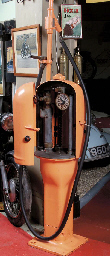



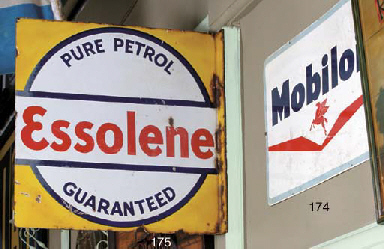

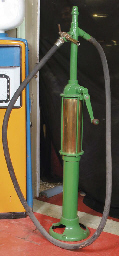
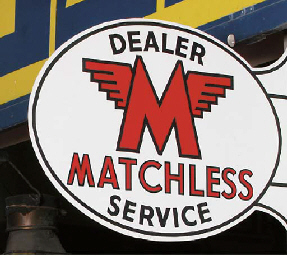

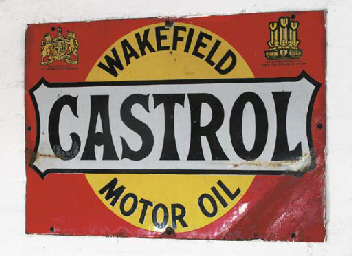

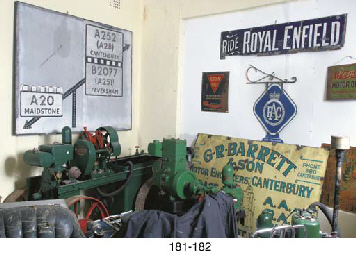



Testen Sie LotSearch und seine Premium-Features 7 Tage - ohne Kosten!
Lassen Sie sich automatisch über neue Objekte in kommenden Auktionen benachrichtigen.
Suchauftrag anlegen